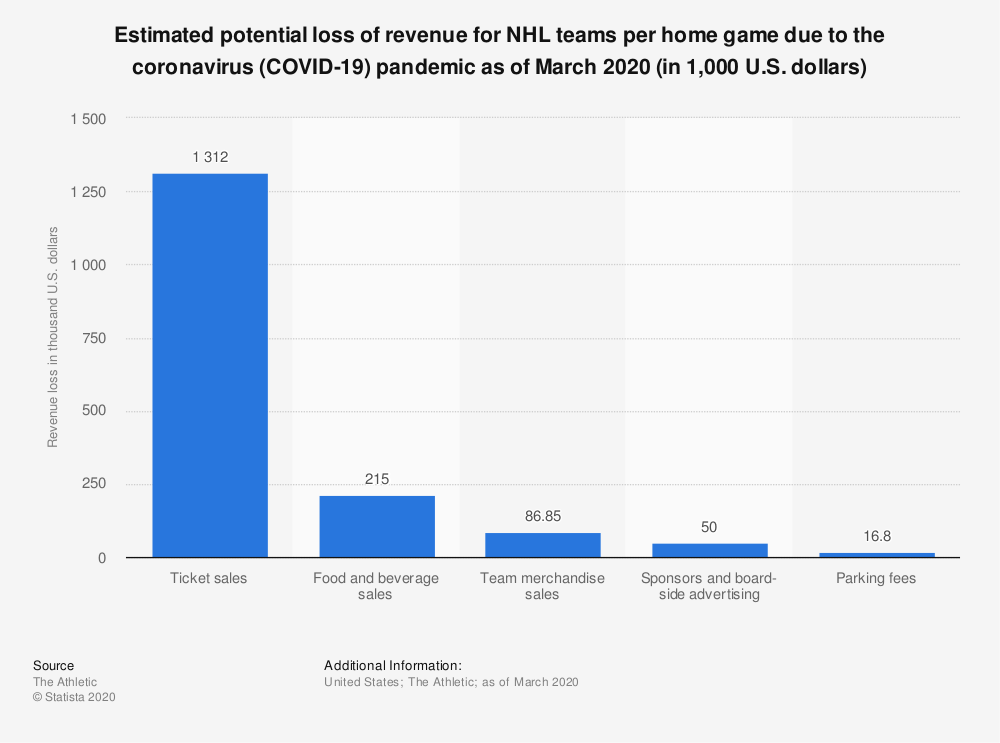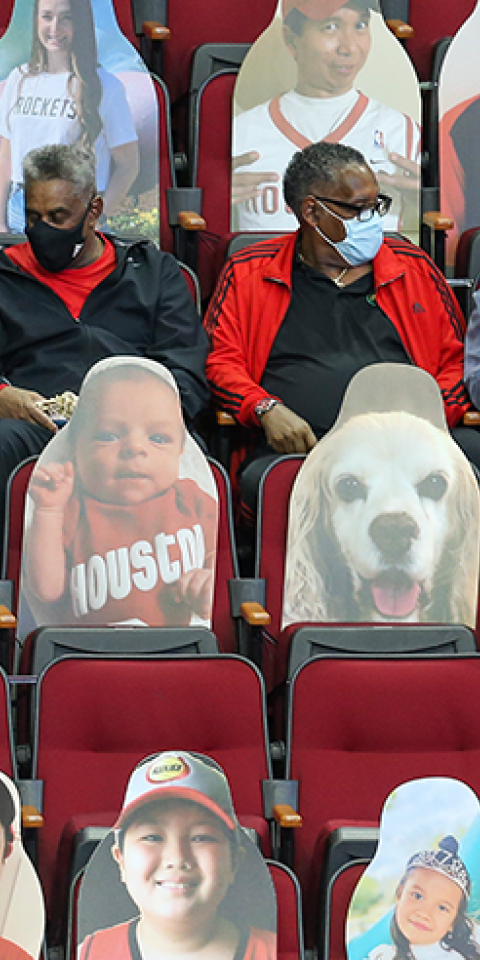The COVID-19 pandemic has affected the lives of billions of people around the world in many aspects of daily life. The scale of loss and disruption caused by this disease is astounding in its reach to virtually every industry. And all of us have had to pay a price in some way.
The sports industry is no different. Sports leagues across the globe were shut down abruptly and without notice as the disease quickly spread from country to country in the first few months of 2020. In North America, the NBA and NHL were shut down on back-to-back days in March as concerns began to build over large gatherings that might contribute to the spread of the virus.
Soon after, Major League Baseball decided to delay the start of its season and ultimately started up in the summer.
And while the disappointment we felt with sports-league shutdowns pales in comparison to the personal loss felt by so many people around the world, it did feel like the sour cherry on top of an already scary and tumultuous situation and uncertain future.
What was the effect of the COVID-19 pandemic on sports industry revenue worldwide?

According to the above infographic from Statista, worldwide projected revenue for the sports industry in 2020 exceeded $135 billion, a sizable increase from 2019’s $129 billion generated. But when adjusted for the influence the COVID-19 pandemic had on the industry, that number shrinks to $73.7 billion – just over half the projected total.
The biggest part of this revenue loss occurs on game days. Ticket sales, concessions, apparel and food sales were all affected by shutdowns – and that isn’t just for professional sports.
What was the effect of the pandemic on sports industry revenue in the U.S.?

As we can see in the above infographic from Statista, the projected revenue losses in the United States affect every aspect of the sports industry. In May 2020, it was projected that $2.4 billion would be lost in tourism related to youth sports – a devastating figure for local communities.
Rec leagues and youth sports were canceled en masse, and thousands of rec centres and sports complexes may not have been able to recover from those losses. The money people spend at the local level on rec sports is tax money that is counted on in areas such as schools or roadwork, for instance. Losing that revenue puts an immense strain on many parts of a community.
Losing sports was more than just fans not being allowed to watch the Leafs and Habs on Hockey Night in Canada. The shutdowns were also crushing for the people who work in stadiums and arenas. Low-wage service workers in pro and college sports were out of work overnight, losing what was a projected $371 million in wages for ticket takers, beer vendors and other stadium or arena employees.
In the left column of the chart, we see that the pandemic could have wiped out more than $3.5 billion that fans would have spent on pro sports. That number includes everything from a jersey sale to the price of a ticket. Those projections are even a little light, as they don’t include projected revenue losses for NASCAR, golf, tennis or other minor sports, as ESPN points out in the article where the numbers were obtained.
National TV revenue in the U.S. also took a huge hit, losing a projected $2.2 billion due to the shutdowns of the major sports.
What was the estimated potential loss of revenue for NHL teams per home game?

When we break down the effect the pandemic had on a smaller scale, we can get a glimpse at the kind of losses individual teams were dealing with on a near nightly basis. This chart provided by Statista shows what a given NHL team was set to lose every night they had a game canceled.
The largest chunk was ticket sales, where teams lost approximately $1.3 million in sales per game. Meanwhile, $250,000 in food and beverage made up the second-biggest potential loss while merch sales, sponsors advertising and parking all lost tens of thousands each, per game.
Fast-forward to midway through 2021 and we see things have opened back up in many parts of North America and the world. In the U.S., NBA, NHL and MLB teams are again welcoming fans into their stadiums and arenas.
And while the billionaire owners of those franchises will be fine despite their massive losses, the beer vendors and ticket takers may not have been. Many of those people had been out of work for months and likely had to turn to an alternative income source to make ends meet. Hopefully, we all remember that the next time we enter a packed stadium for the next big game.


